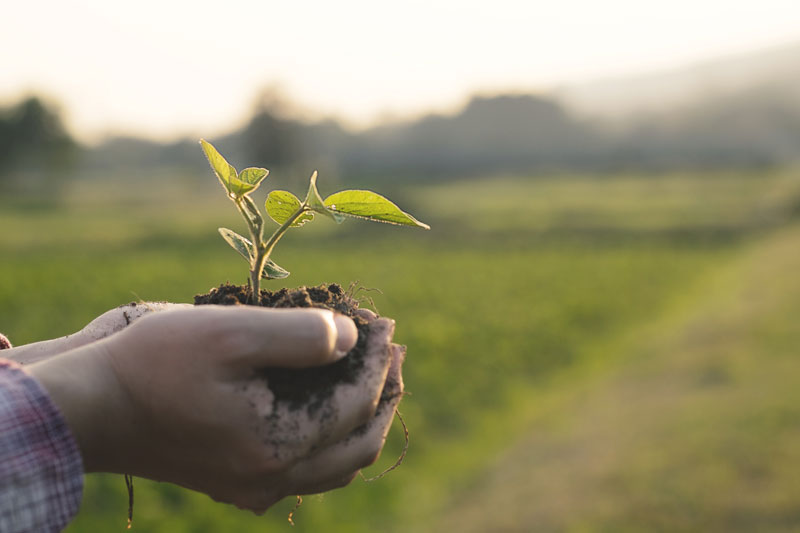A growing awareness of biopesticides’ favorable features, including safety and efficiency, as well as stringent legislative requirements, are driving the biopesticides market. The biopesticides market grew 24% from 2014 to 2016 globally to over $1.8 billion, finds the recently published report Global Biopesticides: An Overview of Natural and Microbial Pesticides by international market research and management consulting firm Kline. The market is expected to continue growing at double-digit rates over the next decade, driven by robust growth in countries like Brazil, China, and France.
Currently, the United States, China, and Italy are the largest markets, accounting for almost 80% of the total global sales. Moreover, the United States has a large consumer biopesticides market, which accounts for almost 12% of the global biopesticides market.
Field crops, including corn, soybeans, and cotton, is the largest crop segment with over 36% of the total. Vegetables, including tomatoes, carrots, leaf lettuce, and cucurbits, is the second largest crop segment. As the benefits of biopesticides are becoming more widely recognized, they are increasingly being used to complement and supplement more conventional pesticides.
The use of biopesticides, primarily live microbial products, as seed treatments increased in almost every country surveyed. This appears to be a highly efficient way to apply biopesticides that is both cost effective and easy to apply. In most cases, these biopesticides are applied in combination with conventional pesticides for broad spectrum control, to economically control nematodes or soil-borne diseases and give seedlings a healthier start.
“There are several trends that stand out in this market,” comments Dennis Fugate, Industry Manager for Specialty Pesticides at Kline. “The dramatic growth of the U.S. consumer biopesticides market, driven by the growth of products described by Federal Insecticide, Fungicide, and Rodenticide Act (FIFRA) in its Section 25(b) – based on botanical extracts that are exempt from EPA registration, and the large growth of biopesticide use in China, driven by increasingly popular fermentation products, including Abamectin, Validmycin, and Polyoxin, are among some of the trends behind the market’s solid growth.”
There are over 100 different biopesticide active ingredients identified in this study, illustrating the specificity and variety of biopesticides available. Bacillus Thuringiensis is the largest selling biopesticide, followed by other bacteria, namely Bacillus Firmus and Bacillus Subtilis. Together, these three bacteria accounts for about 22% of the global biopesticides market, growing about 6% from 2014 to 2016.
Botanical extracts, including pyrethrin, azadirachtin, and various other plant extracts, account for about 10% of global biopesticide sales. The top three fungi—Trichoderma sp., Beauveria Bassiana, and Paecilonyces lilacinus—account for about 7% of global biopesticide sales.
Kline’s Global Biopesticides: An Overview of Natural and Microbial Pesticides report covers nine countries, 40 country crop segments, 150 companies, and over 100 active ingredients. It includes technology descriptions, company profiles, crop analysis of product pest targets, and, most importantly, provides an outlook and product category forecast for each country/market segment and company.

